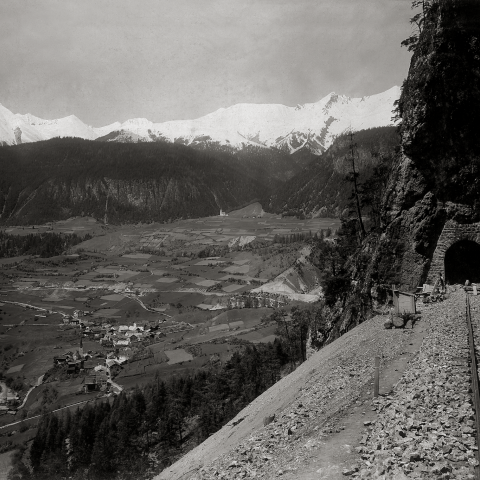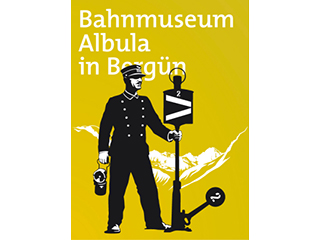Track construction

In the early days track construction required many workmen and intensive manual labour. Drilling holes for screws or setting the rails onto their sleepers was often done with a hand drill. It was often necessary to bore holes in the steel rails when a rail broke and a section needed to be cut out and a replacement had to be joined with a plate to the neighbouring rail. Very often, sawing out the damaged piece of rail was done with a hand saw. Hydraulic or compressed air machines came later to relieve the hard work, which was always carried out come rain or shine, and even during the night.
The unplanned repairs and maintenance were carried out by track construction crews – often known as ‘Rotten’, a ‘gang’ of workmen. The ‘Rotten’ wagon in front of the museum harks back to this period of railway history. The ‘gang’ of men were fed by a ‘Rottenkoch’ or ‘Rottenköchin’ – male or female cooks and the wagons were therefore a canteen and a place for the workmen to take a break.
Responsible for the safety of the workmen were the safety attendants, whose job was to warn the team with a horn or siren that a train was approaching when the men were working during the regular running schedules.
These days, the necessary work is carried out by few personnel and ingenious, computer-controlled machinery. They are now able to tend up to 100 metres of track or track bed in one night.

